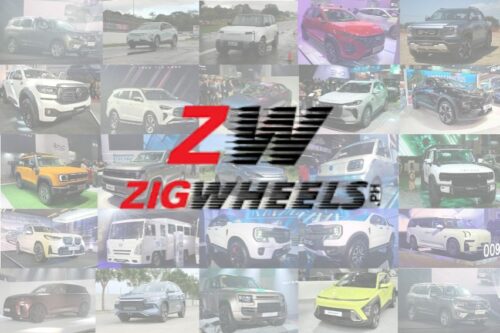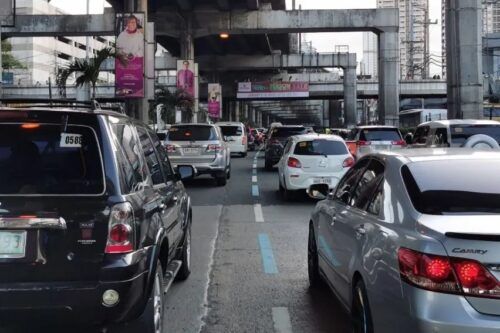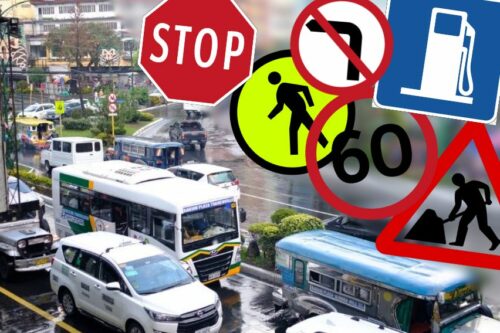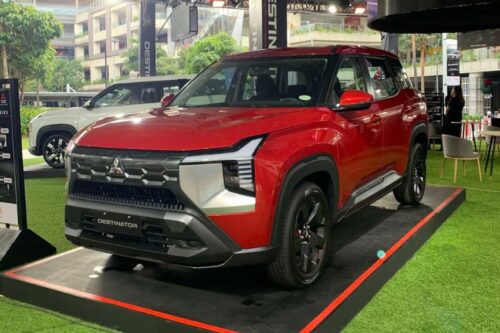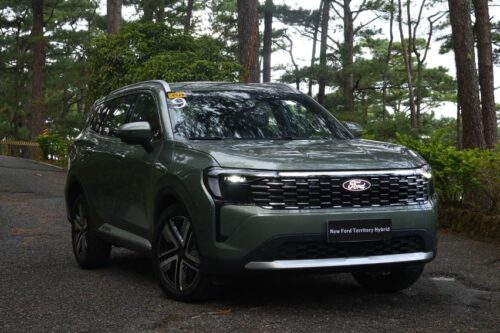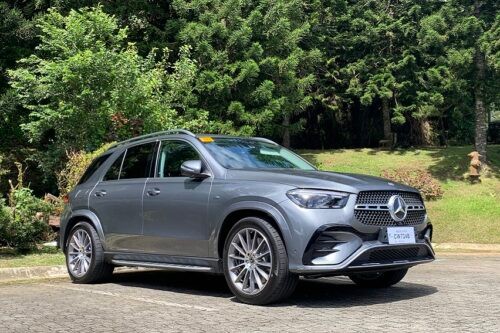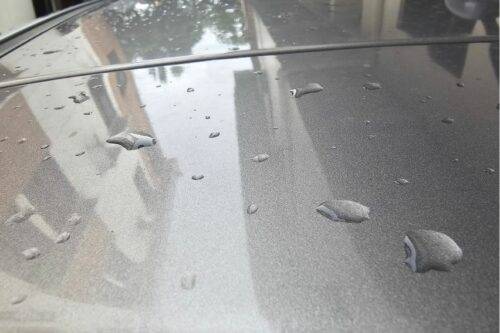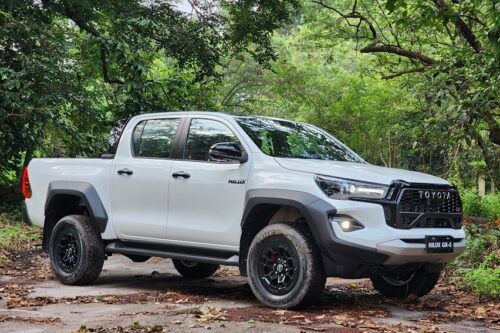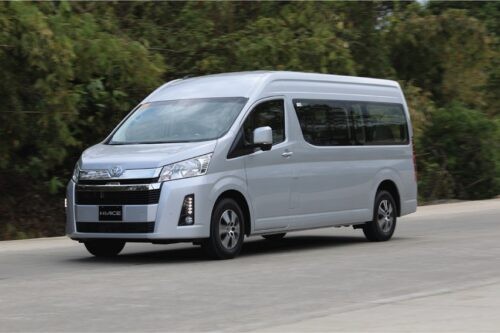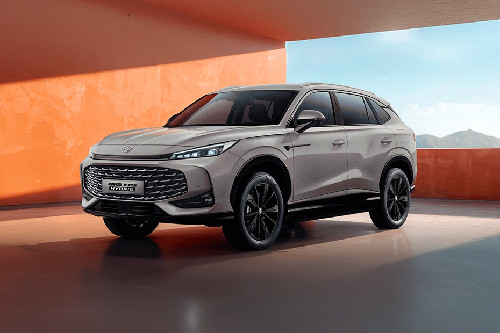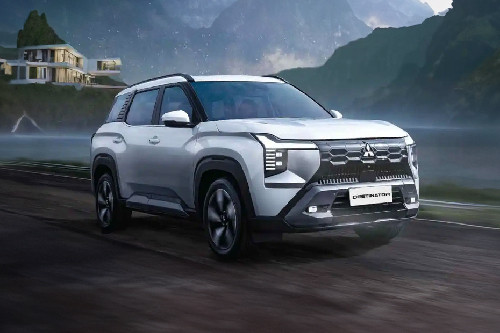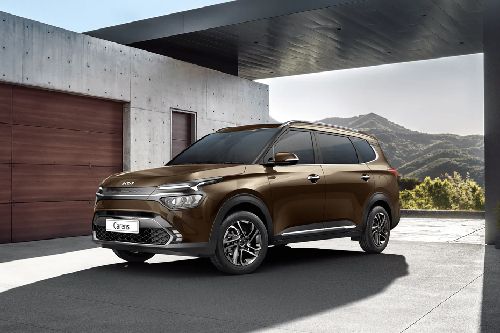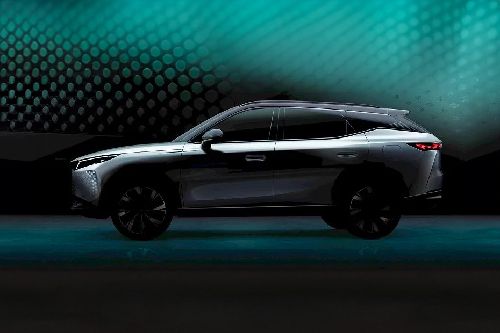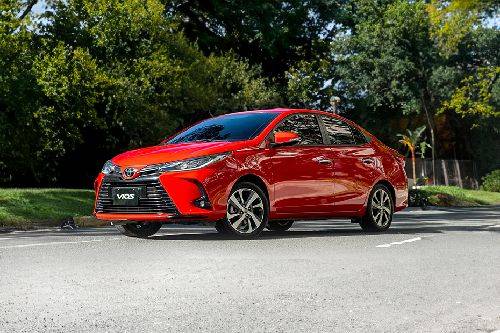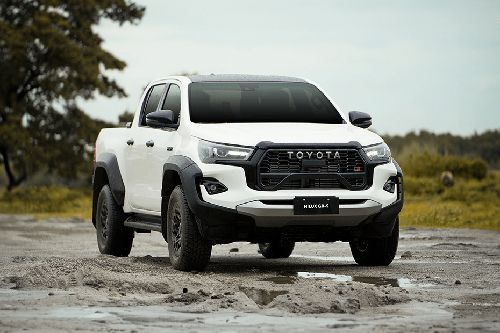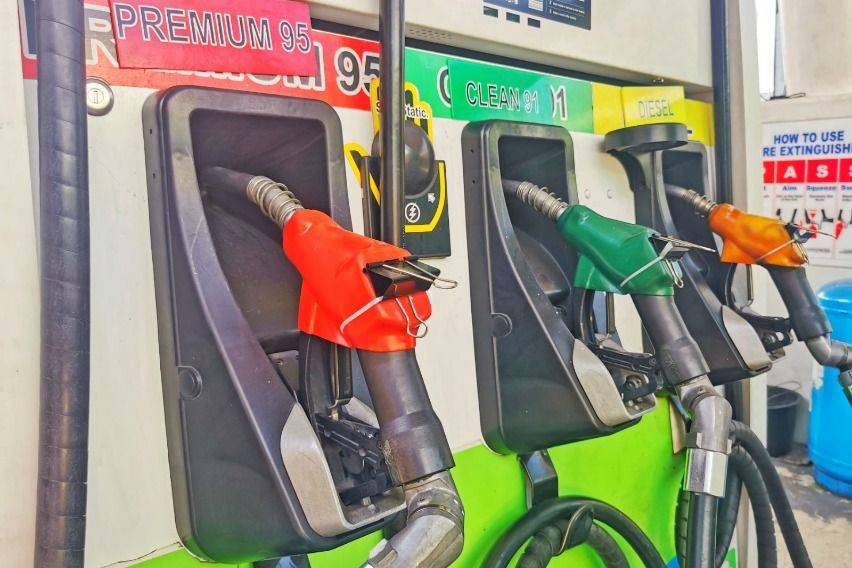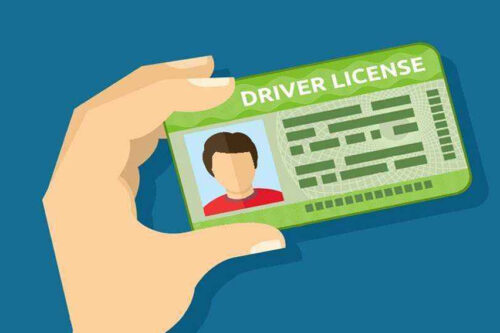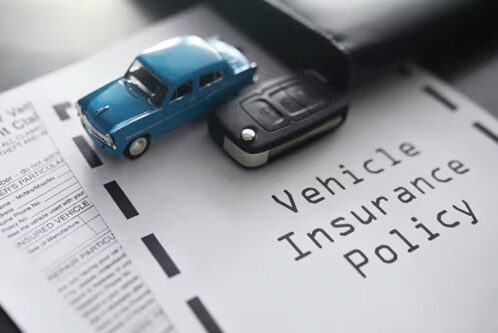A look back at Philippines' Vintage Vehicle Law
Per the law, classic cars are a part of the country’s cultural heritage
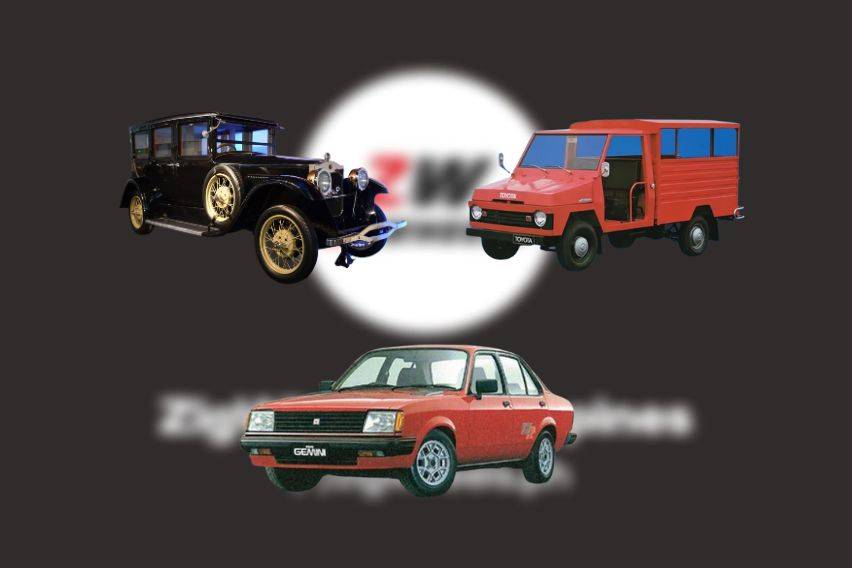
The Philippine National Heritage Month is a big deal as it is a celebration of all things that make us Filipino. It serves as a recognition of what is truly ours, from unique dances, food, locally-produced goods, all the way to practices and beliefs passed down from our forebears.
KEY TAKEAWAYS
When was the Vintage Vehicle Registration Act (Republic Act No. 11698) signed into law?
The Vintage Vehicle Registration Act (Republic Act No. 11698) was signed into law on April 15, 2022, and took effect on April 17, 2023.What qualifies a car as a vintage vehicle in the Philippines?
A vintage vehicle is defined as any motor vehicle that is at least 40 years old from its date of manufacture.Needless to say, automobiles have also become part of our cultural heritage. Sure, the Philippines isn’t like the United States, Germany, or Japan, which all have homegrown manufacturers that have been developing mobility products even before World War 2, but more than a handful of examples (of cars) have proven to be invaluable parts of our Nation’s identity.
There are the ones that helped kick local production and the economy to life, such as the first and second generation Tamaraw, and earlier still, the original “Jeep.” Through the 1980s and beyond, Filipinos have also grown to love the Mitsubishi Lancer L-Type, the age-old versions of the Toyota Corolla, Isuzu Gemini, and Honda Civic — among others.
Cars are so beloved by Filipinos to the point that the Land Transportation Office (LTO) enacted the “Vintage Vehicle Registration Act” (Republic Act No. 11698) back in April 15, 2022, in order to “protect and promote the nation’s heritage by establishing regulatory policies that encourage the preservation, maintenance, occasional use, and registration of vintage vehicles.”
So, how does this law work? Well, in celebration of May 2025 as the Philippine National Heritage month, here’s a short explainer.
Exemptions from certain restrictions, laws
First off, the LTO has defined vintage vehicles as a motor vehicle that’s at least 40 years old since its date of manufacture. And once it fits the said qualifier, it is exempt from a number of standards and laws that are usually applied to regular passenger vehicles.
Specifically, vintage cars are exempt from the “Philippine Clean Air Act of 1999,” meaning that it doesn’t have to pass the emissions requirements as dictated by the said law. However, vintage vehicles with a modern engine swap are still subject to clean-air standards if the motor was manufactured before the law was passed.
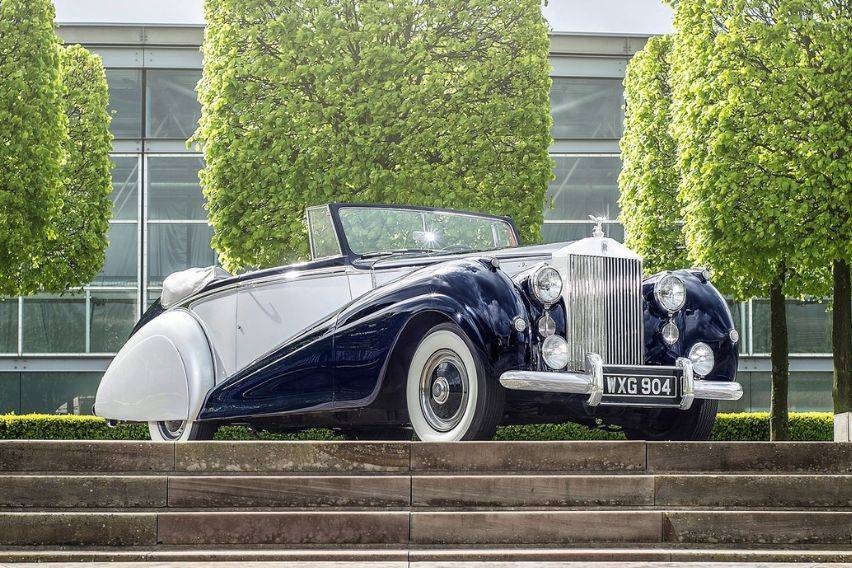 Photo from Rolls-Royce
Photo from Rolls-RoyceVintage cars are likewise exempt from the National Pollution Control Commission Memorandum Circular No. 002, series of 1980, provided that it was made after October 21, 1980.
Moreover, right-hand drive cars made on or before December 31, 1970, are exempt from the prohibition set by Republic Act No. 8506, Section 1. That is, if the said vintage cars are in historically correct condition, or are utilized in legally sanctioned motorsport activities.
Vintage cars that were made after December 31, 1967, however, are required to be equipped with seat belts as pursuant to the “Seat Belts Use Act of 1999.”
Minimum standards for vintage vehicle inspection
Cars that are defined by law as “vintage” should be kept in a historically correct condition. Per the Vintage Vehicle Registration Act, its chassis, steering, and suspension system should be kept within the original manufacturer’s specifications or have been replaced by “authentic” components. Plus, the body should not have changes that have altered its appearance.
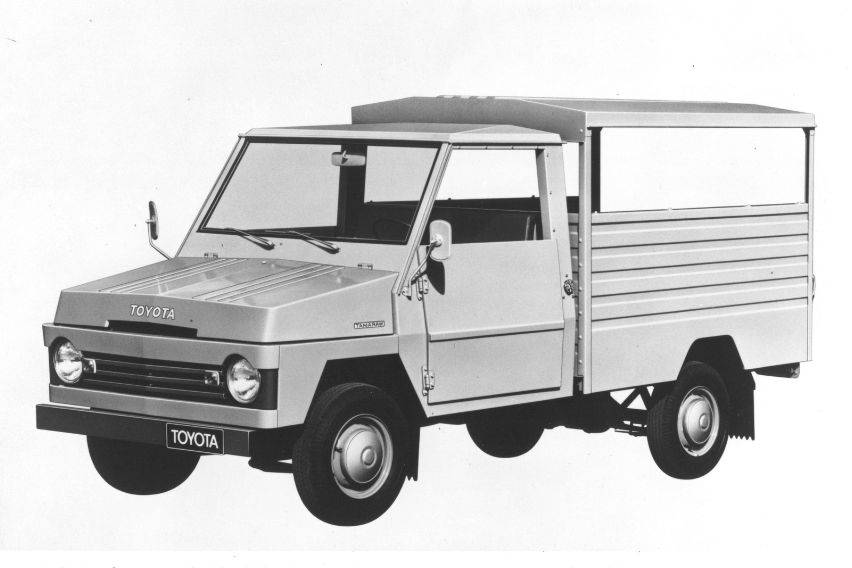 Photo from Toyota Global
Photo from Toyota GlobalThen again, there are some allowed modifications, such as:
- Modes that were done within ten years of the model’s end of production (proven by notarized affidavit)
- Aftermarket parts that improve safety (brakes, suspension, axles)
- Carburetor to fuel injection conversions
- Swaps with engines made by the same manufacturer with the same specs
- Air-conditioning systems
- Directional lamps
How to register a “vintage car”
For a vintage vehicle’s actual registration process, units that were made after December 31, 1975, must comply with minimum safety and roadworthiness standards as set by the LTO.
Certain vintage vehicles that are on permanent display (or are not in running condition), similar to the ones showcased at the Presidential Car Museum in Quezon City, have the option to forgo an LTO registration.
In the case of missing documents (which are common among age-old cars), the LTO will allow for notarized affidavits to prove ownership of a given vintage car. One should also present proof that the car is not stolen property (via Highway Patrol Group clearance) and pay an additional fee of P10,000.
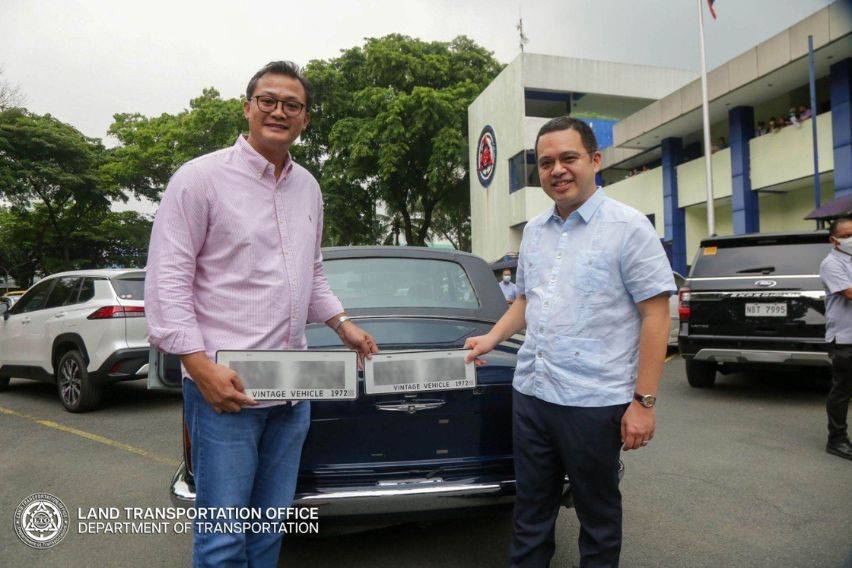 Photo from LTO
Photo from LTOThe act of registering a vintage car will likewise be circulated by the LTO on public channels, such as on broadsheets or newspapers. If the agency doesn’t receive any objections to the application within three months, the registration will be pushed through. Of course, registering a vintage vehicle will still require third-party liability insurance.
If the manufacturing date of a car cannot be determined (highly unlikely), assistance from expert groups or vintage car associations recognized by the LTO will be warranted. People with very old vehicles with unreadable chassis numbers, on the other hand, may apply for re-stamping by an authorized shop, provided they have submitted the necessary paperwork to the Operations Division of the LTO Regional Office where the car was last registered.
Limitations on use of vintage vehicles
Interestingly, the Vintage Vehicle Registration Act has also set some limitations on where the owners of vintage cars can use their rides. For starters, the said cars cannot be used for public transport or other commercial purposes. The vehicle, however, can still be utilized for advertisements, pictorials, weddings, movie shoots, and motorcades.
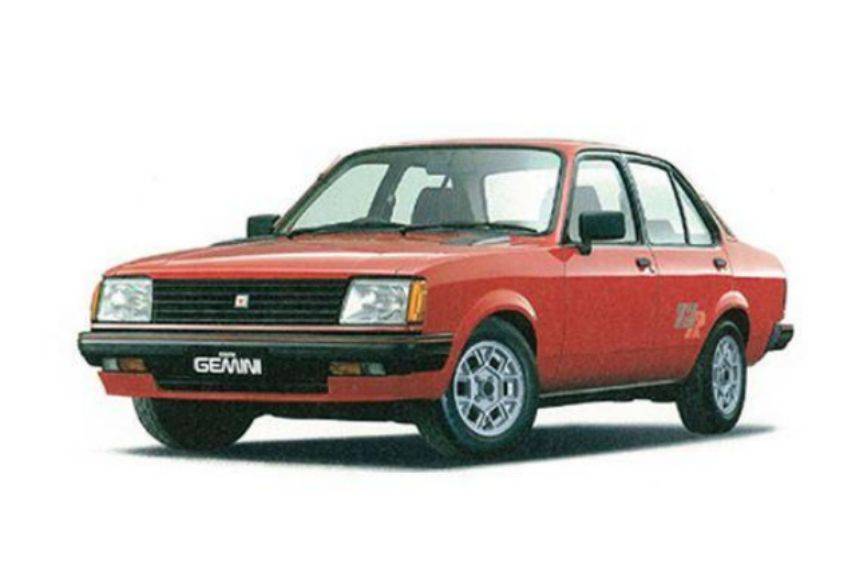 Photo from Isuzu Motors Limited
Photo from Isuzu Motors LimitedAdditionally, vintage vehicles cannot be used as primary cars or “daily drivers.” Plus, vehicles registered as vintage are not allowed to be operated on public roads at night, or whenever prevailing conditions require the use of lights and reflectors.
To note, the said restrictions only apply to vehicles registered in the LTO system as indicated by the standards set by the Vintage Vehicle Registration Law.
Final thoughts
In summary, the National Heritage Month reminds us that cultural heritage isn't limited to traditions and art. But instead, it also includes the vehicles that helped shape our nation and lives. And through the Vintage Vehicle Registration Act, classic cars are honored as part of our cultural story.
Sure, it can sound a bit complicated, but it's one pathway to preserve these rides for future appreciation.
Also read:
LOL: 5 vehicles with funny names
Drive through history: Inside the Presidential Car Museum
Family ferries: best vans for the fam
Connect with us through our various social media pages:
Facebook: https://www.facebook.com/ZigWheelsPhilippines
Instagram: https://www.instagram.com/zigwheelsph/
Sell your car at the best price
 Verified and genuine buyers
Verified and genuine buyers
Trending & Fresh Updates
- Latest
- Popular
You might also be interested in
- News
- Featured Stories
Featured Cars
- Latest
- Upcoming
- Popular
Latest Car Videos on Zigwheels

Car Articles From Carmudi
- journal
- advice
- financing
- insurance


